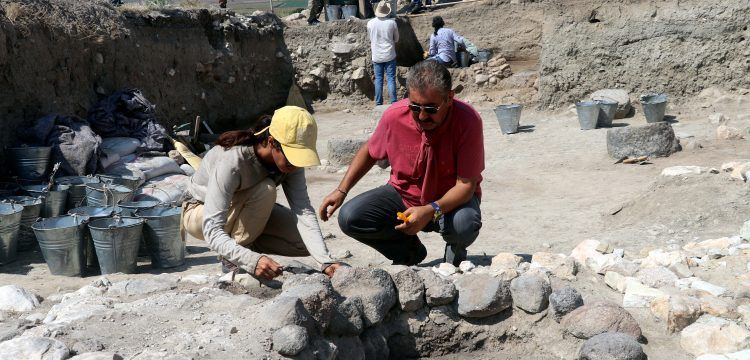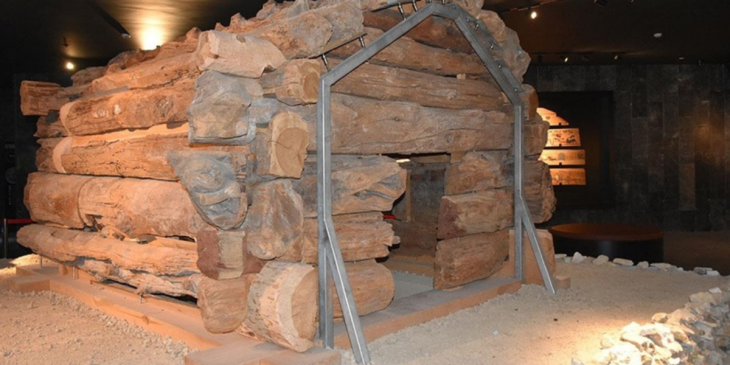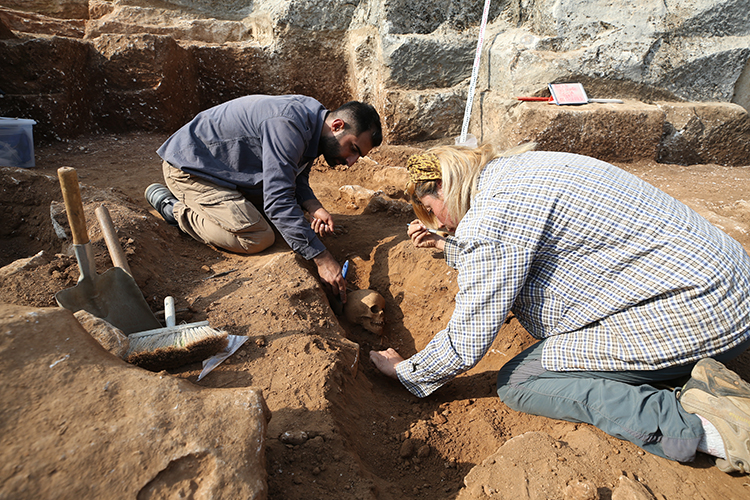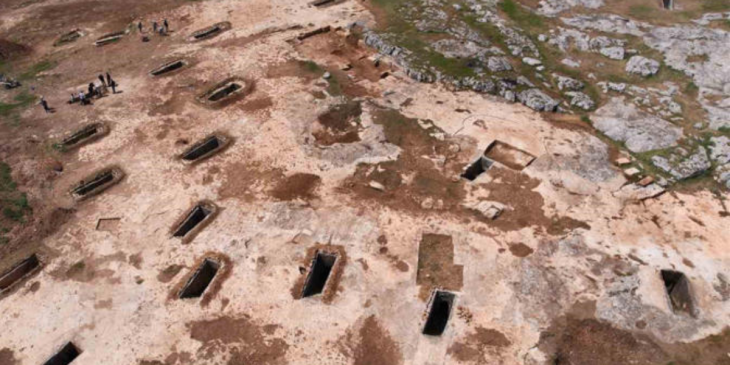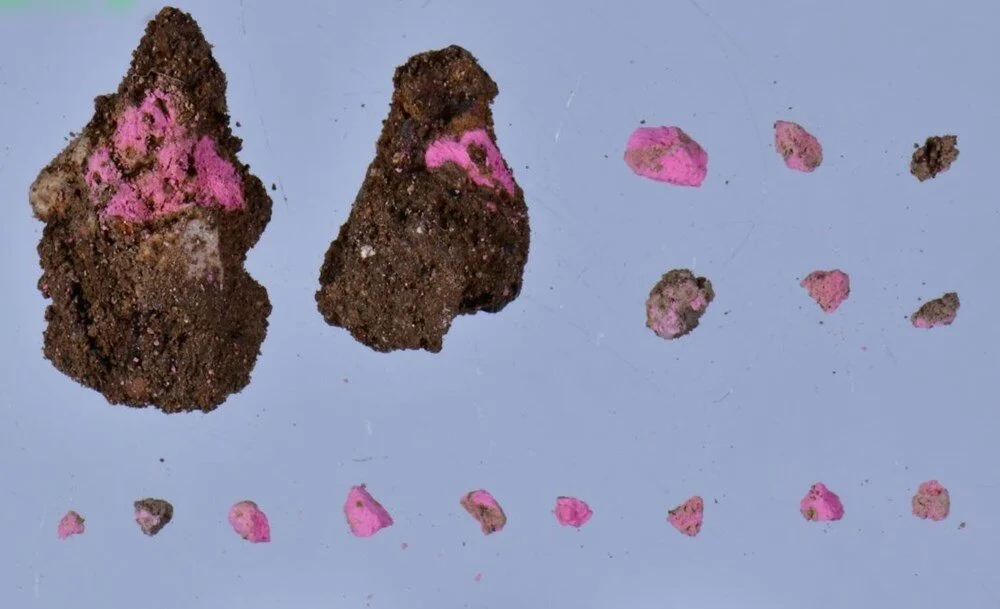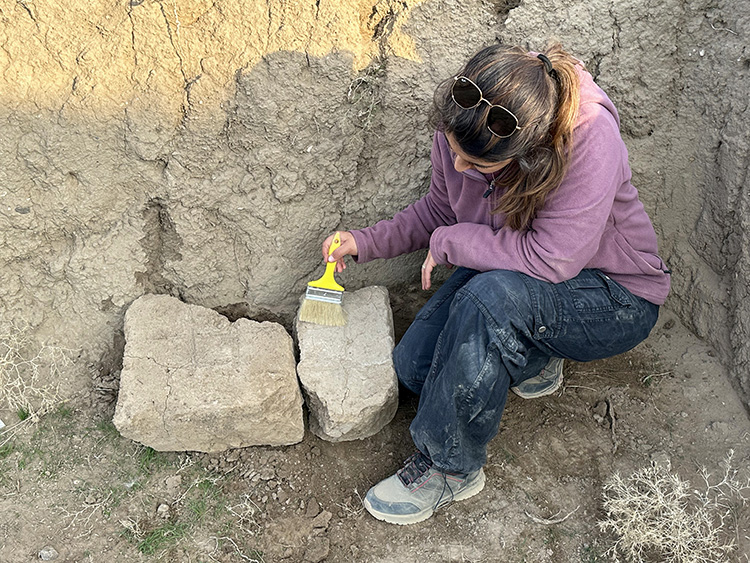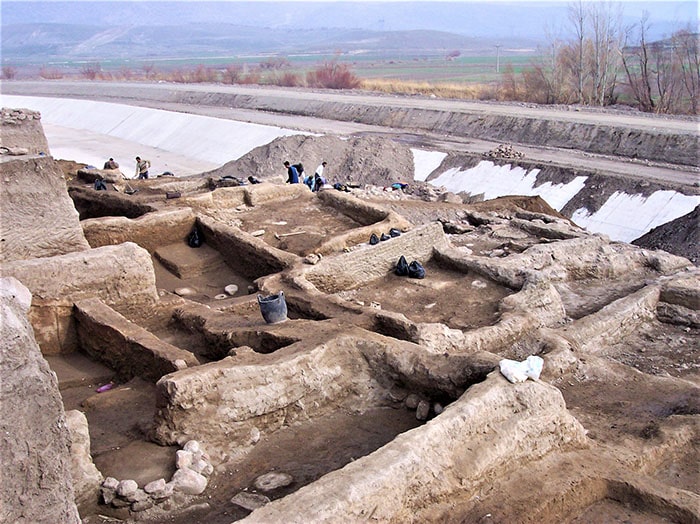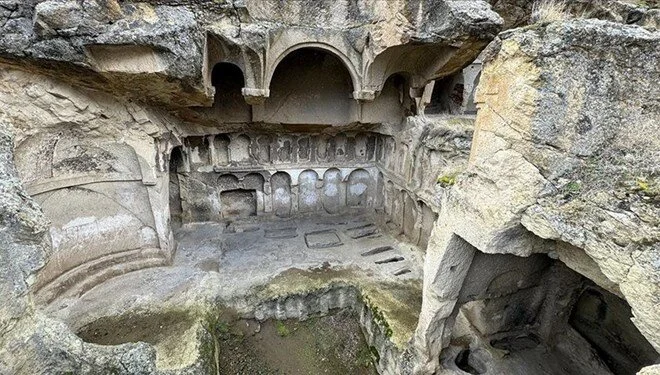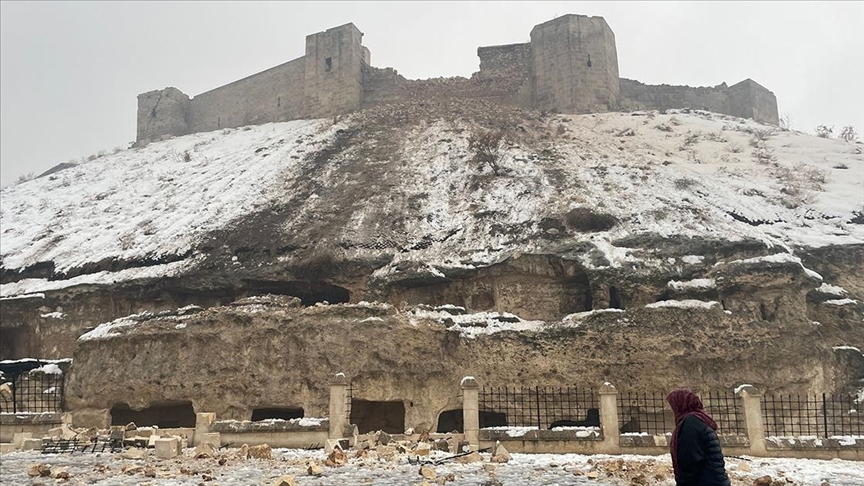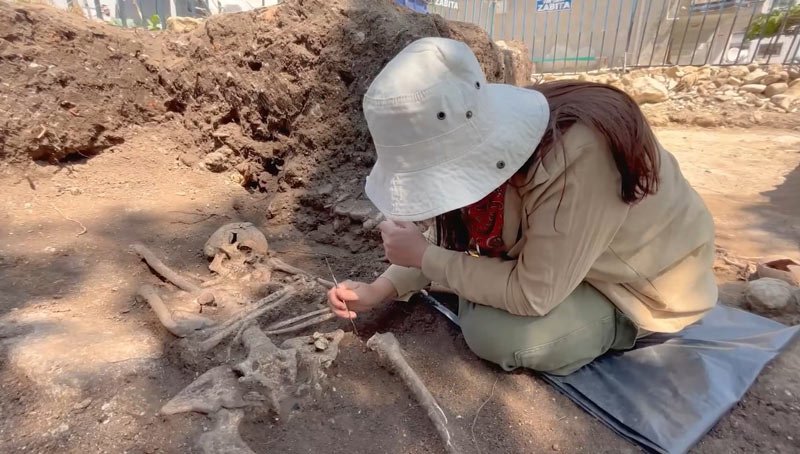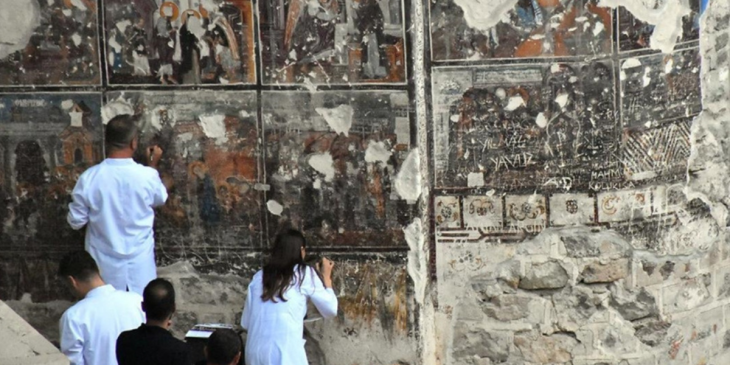Urartian King Argishti’s bronze shield revealed the name of an unknown country.
The bronze shield, which was purchased by the Rezan Has Museum, is believed to have been found within the boundaries of Ağrı-Patnos and Muş regions.
The bronze shield is 40 cm wide. Apart from the inscription, the surface of the shield contains dotted and raised bands.
Orhan Varol stated, “We have determined the existence of the country of Qarini.”
Van Yüzüncü Yıl Üniversitesi faculty member, Assoc. Prof. Dr. Orhan Varol, stated during the “Assessments on the Rezan Has Museum Urartu Collection Panel” organized by Kadir Has University that a new country from the Urartian period called “Qarini” was identified on the bronze shield belonging to one of the Urartian kings, Argishti, which is currently housed in the Rezan Has Museum.
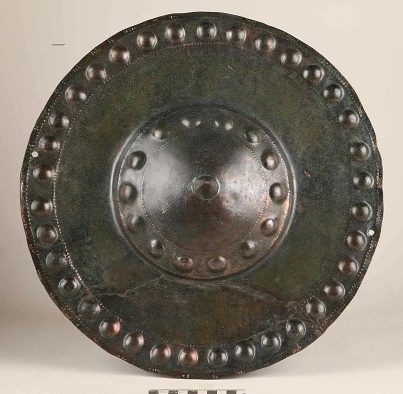
Orhan Varol also added that the shield contains new information about the expansion of Urartu during the reign of King Argishti and the linguistic features of the Urartian language. He stated, “Most of the Urartian inscriptions are carved onto stone blocks such as andesite, basalt, and limestone, documenting the military campaigns and victories of the kings. We also obtain information about warfare and victories from Urartian weaponry. It is evident that Urartian shields not only served as weapons on the battlefield but also functioned as symbols of victory for the kings. The conquered country or war weapon was sometimes dedicated to the main god, as indicated on the shield with the inscription ‘Haldi-e euri-e,’ which means ‘Haldi is the Lord.’ Later, the shield, which played a significant role in winning the battle in the hands of the king or a great warrior, gained symbolic meaning and value through nail inscriptions.”
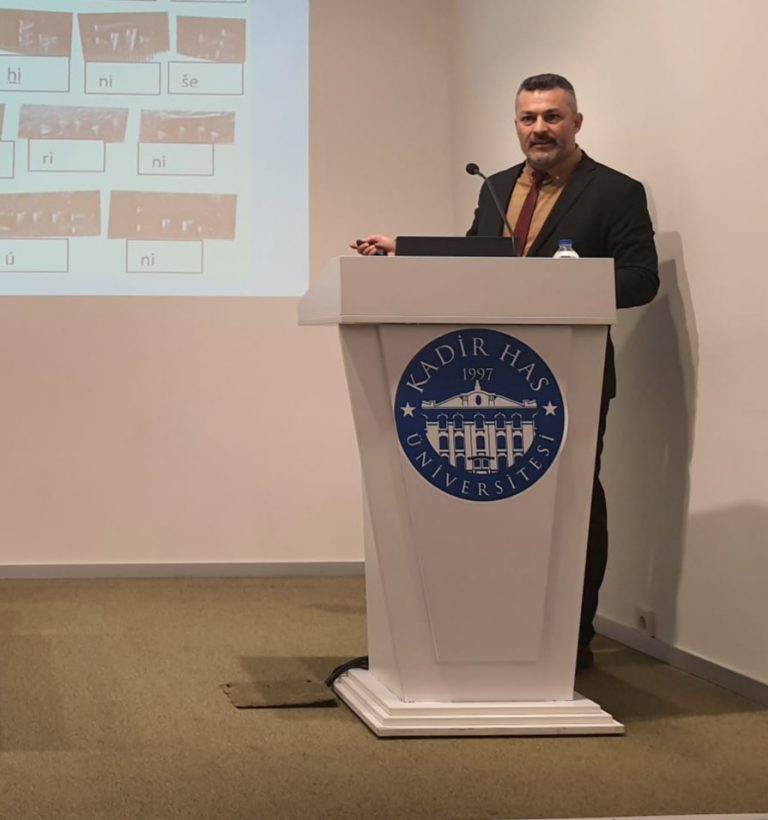
Detailed research on the bronze shield and the Qarini settlement will be published in the near future by Van Yüzüncü Yıl University faculty members, Prof. Dr. Rafet Çavuşoğlu and Assoc. Prof. Dr. Orhan Varol.
Urartians adapted the Assyrian cuneiform writing system. Except for I. Sarduri, his son Ishpuini (reigned from 830-810 BC), and later kings, all wrote in the Urartian language (an isolated non-Indo-European language distantly related to the Hurrian language, which is not Semitic).
I. Argishti was the known sixth king of Urartu, reigning from 786 BC to 764 BC. He conquered the northern part of Syria and made Urartu the most powerful state in post-Hittite Anatolia. He also expanded the kingdom’s borders as far as the Caucasus.
Since the early periods of the Urartian kingdom’s history, hundreds of bronze belts were produced, along with shields, helmets, bells, horse equipment, jewelry, and various forms of ceramics and metal vessels. Many of these artifacts bear royal inscriptions and are decorated with characteristic motifs and scenes depicting various gods, mythical creatures, royal rituals, hunting scenes, battles, and genre scenes.


